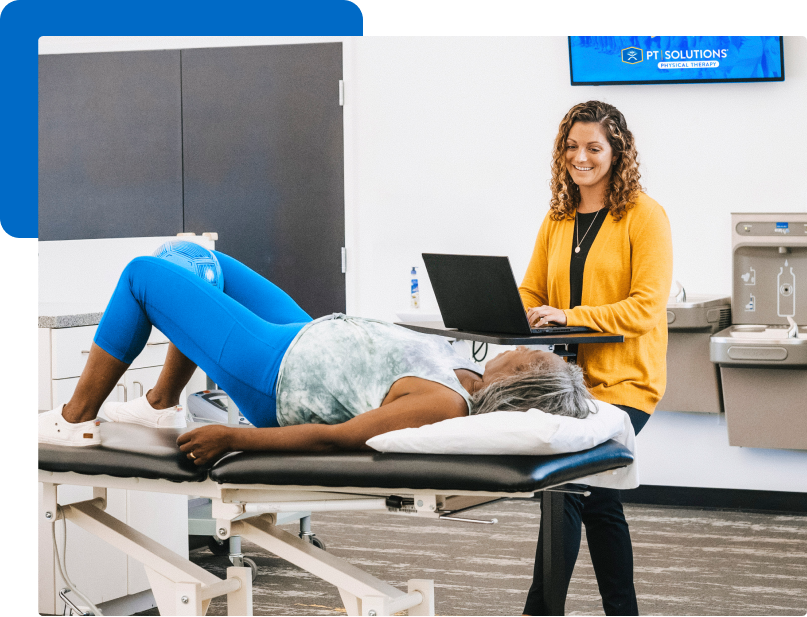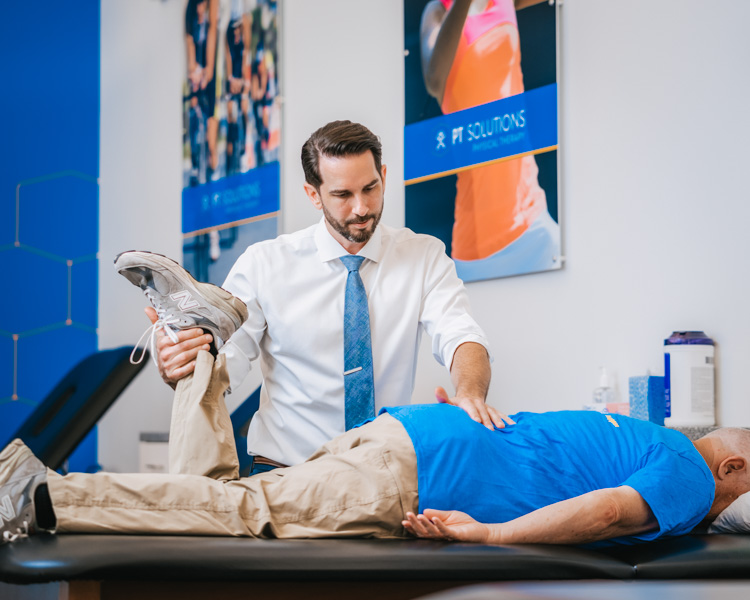
Preparing for surgery
What is Prehab?
Prehab is a stint of therapeutic exercises prior to undergoing a surgical procedure. Prehab is typically shorter than a course of rehabilitation and the goals differ. In rehabilitation, you are focused on returning to your pre-injury level, and perhaps being even stronger as you address underlying concerns that caused the initial pain, dysfunction, or both. With prehab, the goal is to improve your strength and endurance to the greatest degree possible prior to surgery to minimize the negative effects of the procedure.



